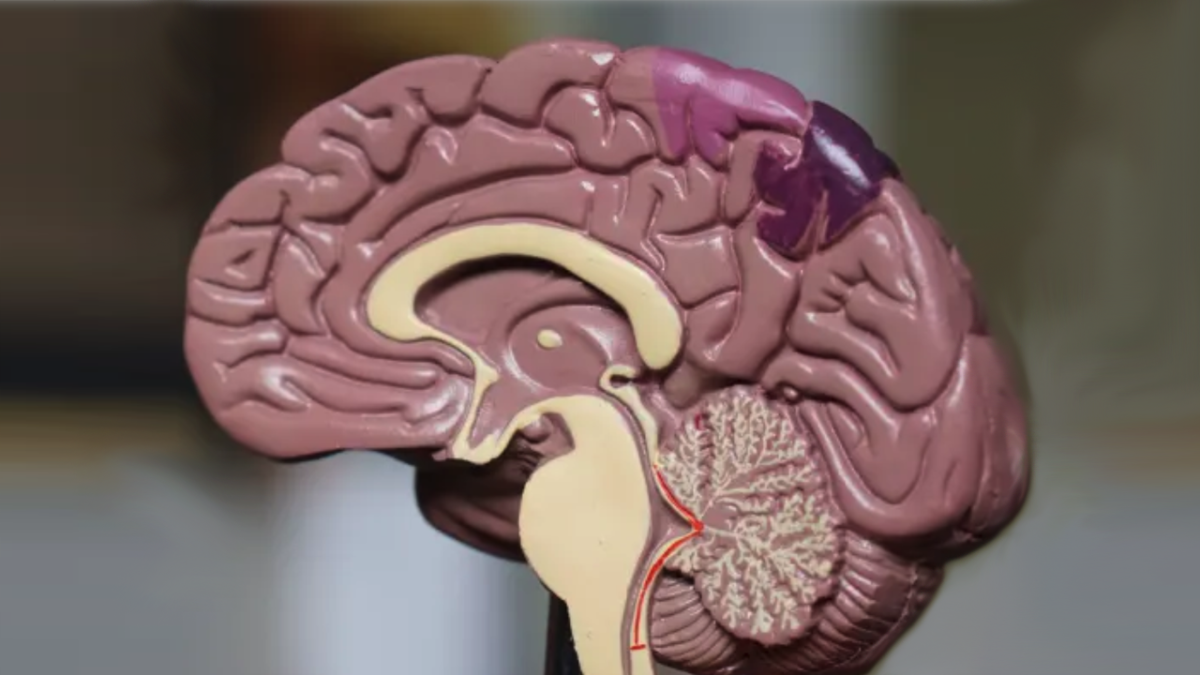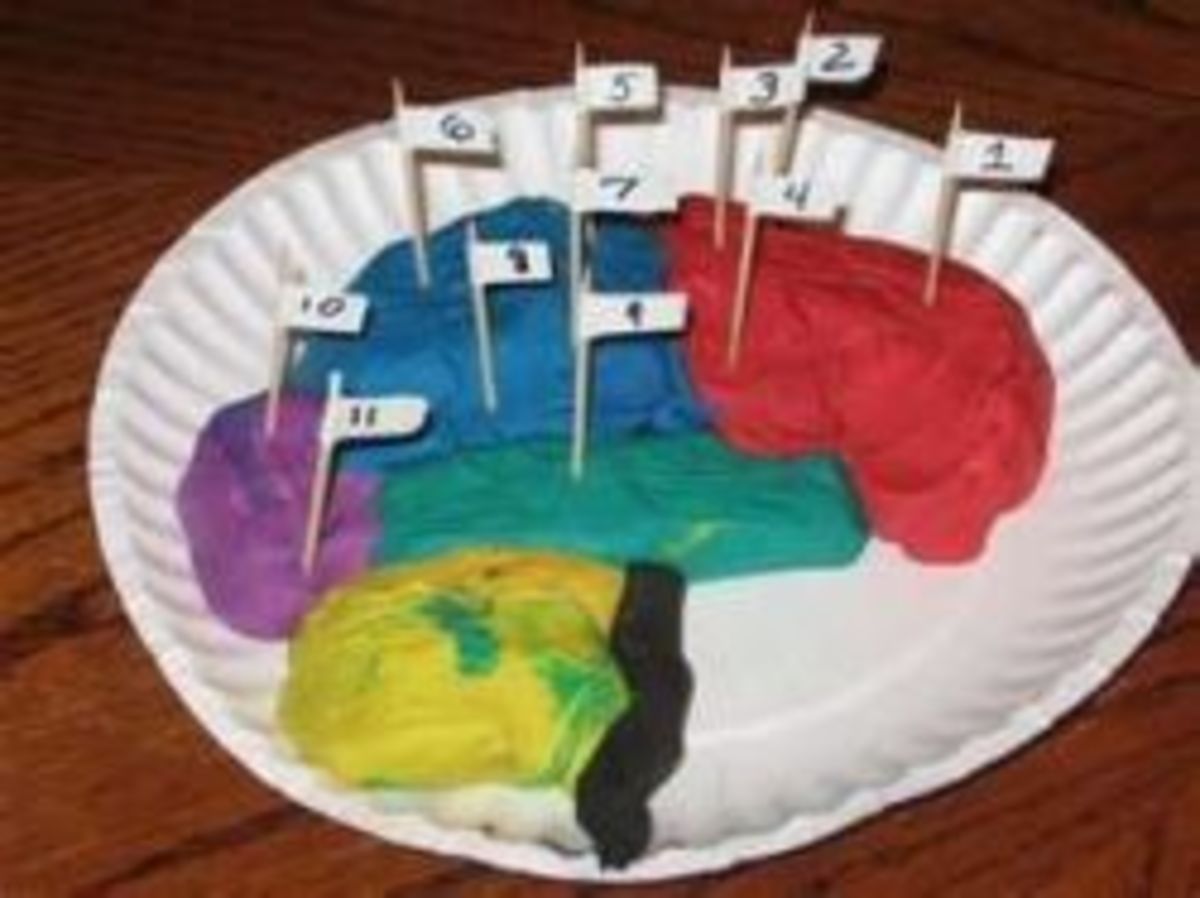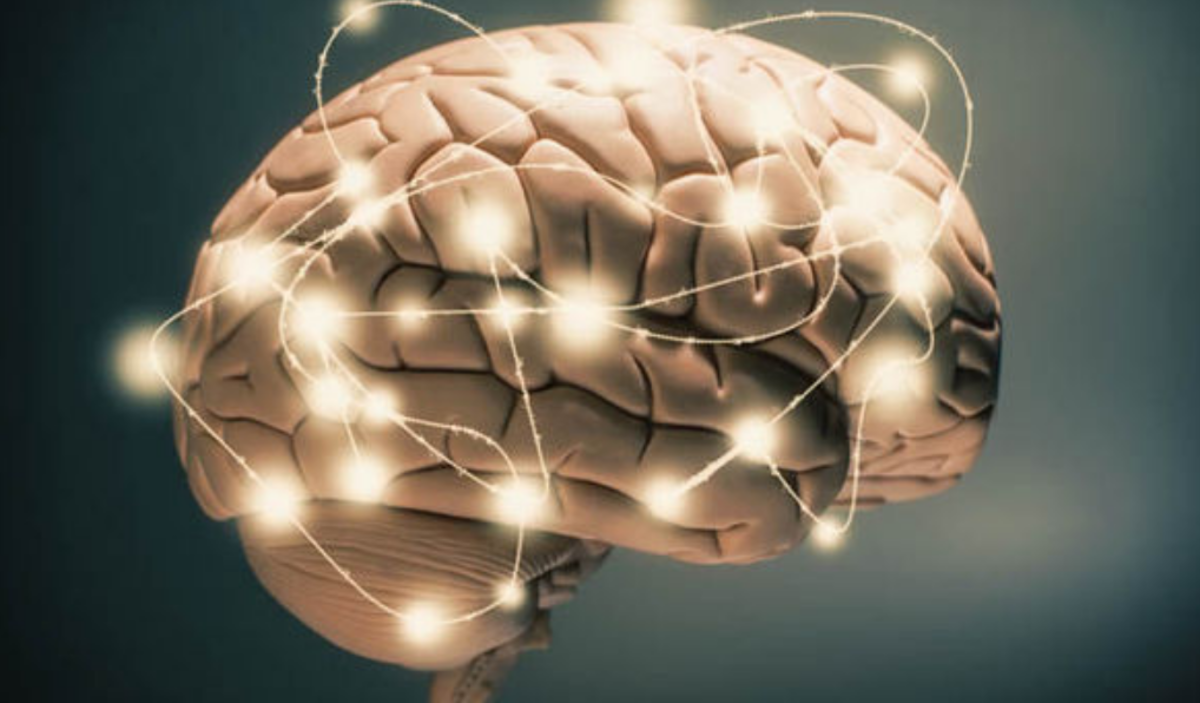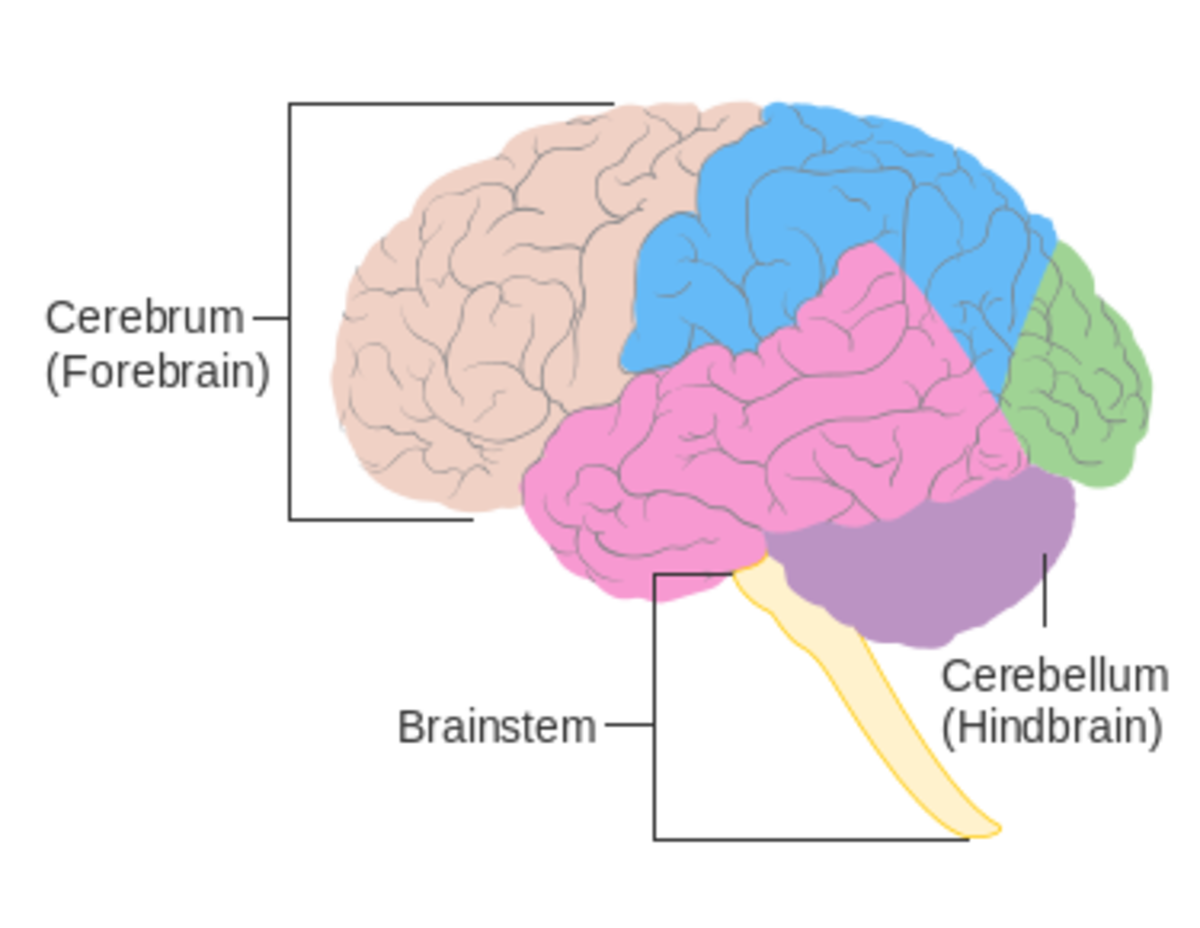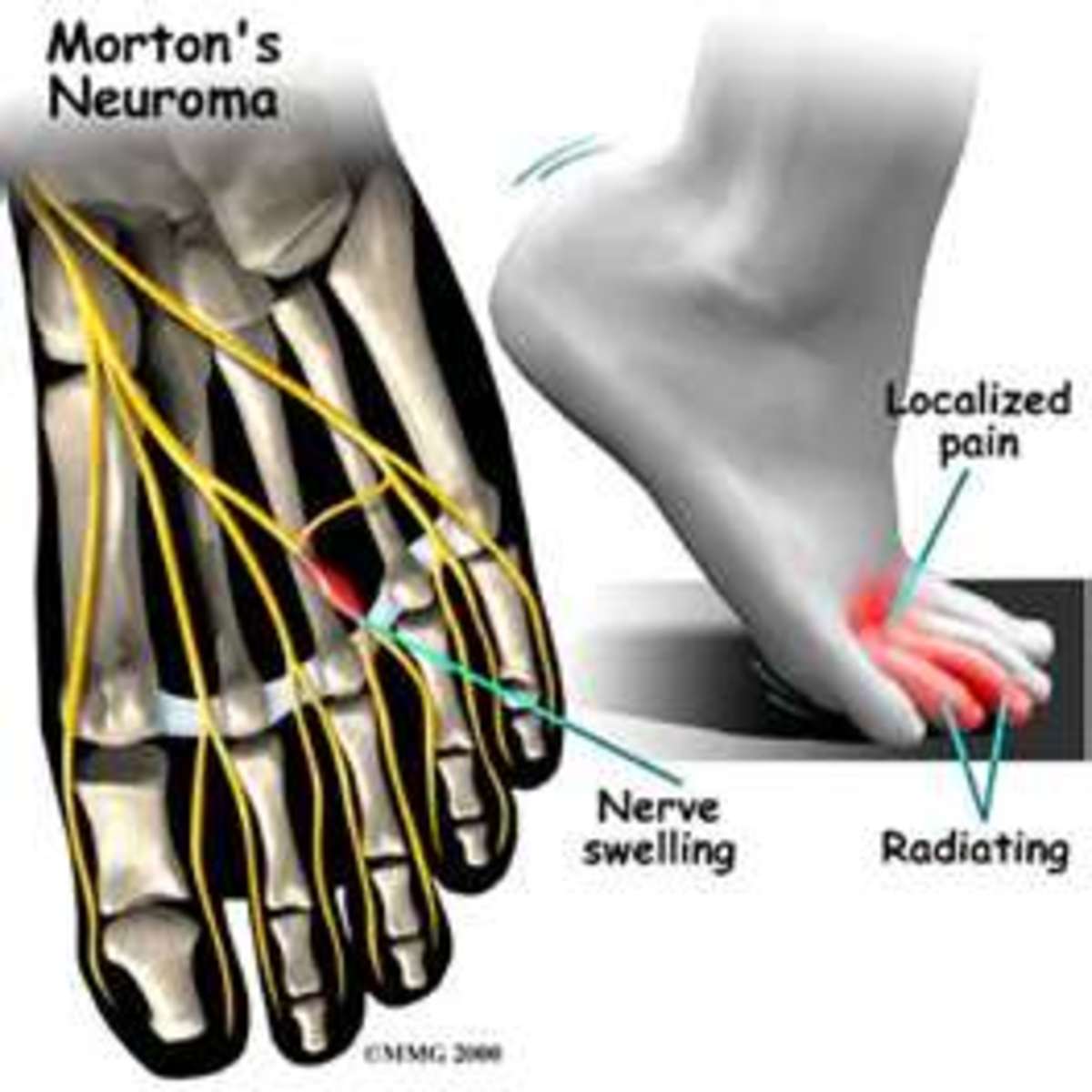The Neuron and All That Comes With It
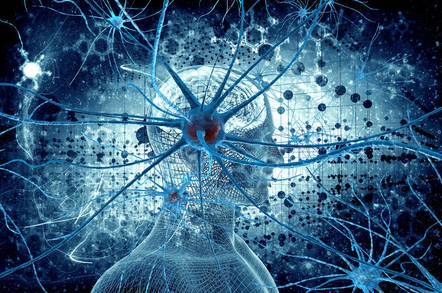
What's Really In Your Brain?
A neuron has many important parts, none of which function without the help of the other. At the beginning of a neuron, you have the cell body (soma). The cell body is a large, egg-shaped object that not only manufactures chemicals, but maintains the order of things for the whole neuron. However, the cell body is not the only important part of the neuron. Actually, it has a partner at the beginning called the dendrites. Dendrites are branch-like extensions that surround the cell body. They are the receivers of signals from other neurons, muscles, and organs. But as in the telephone game, the dendrites need someone to pass their signal along, and for that they have the axon. The axon is a “single thread-like” object that runs from the cell body to the other end, while carrying signals to other neurons, muscles, and organs.
It is of my opinion that the next part of the neuron came to fruition thru some natural design that was realized by the human body as a necessity. The myelin sheath is what I like to call the bodyguard of the axon. It is a fatty material that literally surrounds and insulates the axon. The myelin sheath helps by blocking the signals being given off by its neighboring axons. Well, as you guessed it, there is an end to the neuron, but the end is just as important as the beginning. The next part is the end (terminal) bulbs. They are located at the very end of the axon branches. Inside each bulb are neurotransmitters that communicate with nearby cells. However, there is one more part to the neuron journey: the synapse. The synapse is the infinitely small space in-between the end bulbs and the neurons, muscles, and organs in which it continues to send its signals to.
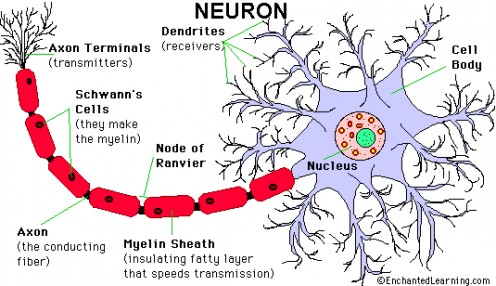
How Do Neurons Work?
However, there’s more to this than all I’ve said just now. Neurons aren’t always in what we call a resting state, where the axon has a charge/potential but is not discharging. For example, you may sleep 7 to 8 hours a day, but what do you do for those other 16 to 17 hours? Chances are that while you’re sleeping most axons in your body are in a resting state. Why do I say that? Well, while sleeping, you’re body has less chances of having nerves impulses triggered by outside stimuli. Now just think of all the things you do when you’re awake. This increases the possibility of action potential greatly. Unlike a resting state where the positive sodium ions are on the outside and the negative protein ions are on the inside; during the action potential, a surge of electrical current from something as simple as me stubbing my toe causes a rush of positive sodium ions to go inside and negative protein ions to go outside.
Similar to the aspects of life, things in your body either happen or they don’t; there’s no in-between. The application of this mystery is the all-or-none law. This law states simply that once an action potential begins on an axon, it will continue at the same rate until it reaches the end. As stated in the textbook, once you light a fuse, it just keeps going continuously until it reaches its goal point (Morris 2006).
Once again, we are brought to the end of the axon to see the end bulbs and the neurotransmitters they give off. Each neurotransmitter is different, with unique chemical keys that open up different locks and receptors. Two such kinds of neurotransmitters are the excitatory and inhibitory. An excitatory neurotransmitter opens up chemical locks in the heart muscle causing such side effect as the heart to beat faster. This often happens when you get angry or extremely excited. In comparison, an inhibitory neurotransmitter blocks chemical locks in the heart muscle, while slowing down your heart rate. The tricky thing about both of these is that some drugs can not only mimic them but block them as well.
Neurons and What They Do ~ An Animated Guide
The Unknown
One culturally diverse drug that many use and mimics the acts of an inhibitory neurotransmitter is alcohol. Because it’s classified as a depressant, alcohol affects the central nervous system. In most individuals, after approximately 4 drinks, they begin to lose their inhibitions, self-control, and eventually coordination. Motor-control skills tend to be off since their body begins to slow down. This is often apparent in their speech. On the other hand, mescaline is a drug that mimics excitatory neurotransmitters. Mescaline causes hallucinations and physiological arousal. This is all done while opening up the chemical locks. Lastly, there are some drugs that just block all the effects. The most frightening to read about is curare. The way it paralyzes limb muscles, followed by attacking the muscles in the chest is more than bothersome. This one usually starts thru the bloodstream, hits the muscles, and then blocks the muscles’ receptors. Because of this, the neurotransmitter becomes blocked, and the muscles paralyzed. Some drugs are just too powerful, and, in some cases, (in my personal opinion), should not be used for any reason. After all, there is still a lot we do not know about the human brain and its functions, and sometimes nature is just good as is.
Reference
Morris, C., Maisto, A. (2006). Understanding Psychology 7th Edition. Pearson Prentice Hall. Upper Saddle River, New Jersey 07458


